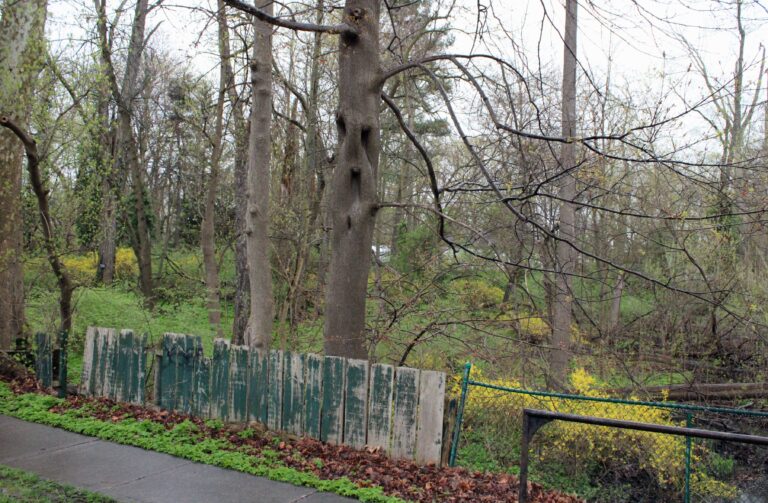Niagara-on-the-Lake is synonymous with vineyards and wineries – they are an integral part of our landscape, our identity and our economy.
“Ripe, robust, remarkable” is how the Winery and Grower Alliance of Ontario describes the province’s wine industry and the Niagara Peninsula is Ontario’s largest wine growing region, responsible for more than 90 per cent of Ontario’s grape production, according to an independent report prepared for the industry in 2017.
“We’re still a young industry, particularly compared to the world, thinking of Spain, Italy, France. But the wine industry has a real impact in Niagara, so we have to keep maintaining a positive business environment. We can’t be complacent,” asserts Aaron Dobbin, president and CEO of the growers' alliance.
That sentiment is echoed by Debbie Zimmerman, CEO of the Grape Growers of Ontario. “Things are always changing. We have to be flexible and innovation has to continue.”
Some facts and figures from the Niagara Region economic development team underline the impact of the wine industry in Niagara.
In terms of jobs, wineries in Niagara directly employ 1,744 people in processing, and support an additional 15,126 jobs in hospitality, retail and services to wineries.
In terms of tourism, wineries in Niagara attracted 2.02 million of the 12.9 million tourists that came to Niagara in 2017, representing 16 per cent of total visitors to the Niagara region.
And in terms of straight up annual economic impact, the estimate is $3.7 billion in revenue, taxes and wages.
“The Ontario wine and grape industry has made tremendous progress in the last decade, with strong growth and increased consumer demand for authentic, local VQA wines,” reports a study completed recently by Deloitte, on behalf of the industry. The report adds that “the consumer and business landscape is constantly changing.”
The Deloitte study surveyed growers and wineries, and one of its findings was that the priorities for new investment are overwhelmingly for “production and processing capacity, tourism and hospitality, and production and processing efficiencies.”
Recent changes in local wineries reflect those priorities. Some have invested in new technology to increase efficiency, some have invested in expansion to increase production capacity, and some have invested in improvements and expansions to serve the tourist sector.
The Lake Report has developed an extensive series of stories to explore the evolution and growth of the wine industry in our own backyard, and future stories will feature NOTL wineries and related businesses that demonstrate how the industry is innovating and growing for the future. We’ll finish the series with a review of challenges the industry faces going into the future.
This week: Could lasers be the high-tech answer to the perennial problem of birds devastating vineyards?
Next: How Lakeview Vineyard Equipment has grown to support innovation in the wine industry and create jobs in NOTL.



1.jpg)






